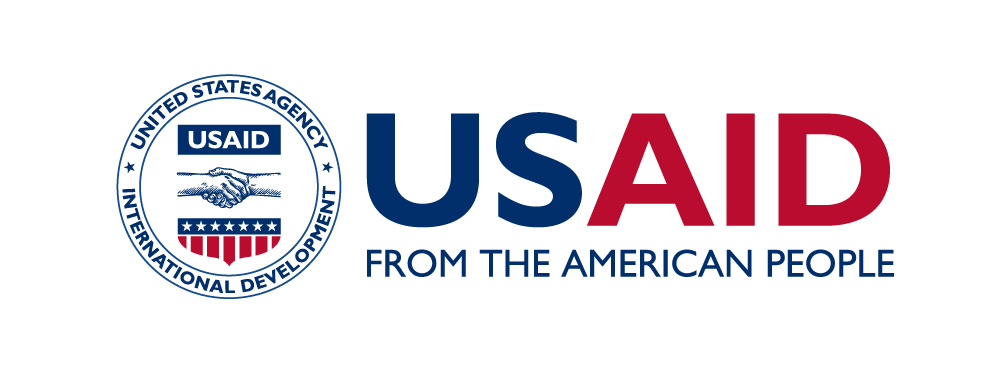This website is made possible by the support of the American people through the United States Agency for International Development (USAID). Breakthrough ACTION is supported by USAID’s Office of Population and Reproductive Health, Bureau for Global Health, under Cooperative Agreement: #AID-OAA-A-17-00017. Breakthrough ACTION is based at the Johns Hopkins Bloomberg School of Public Health’s Center for Communication Programs. The contents of this website are the sole responsibility of Breakthrough ACTION. The information provided on this website is not official U.S. Government information and does not necessarily represent the views or positions of USAID, the United States Government, or Johns Hopkins University.
